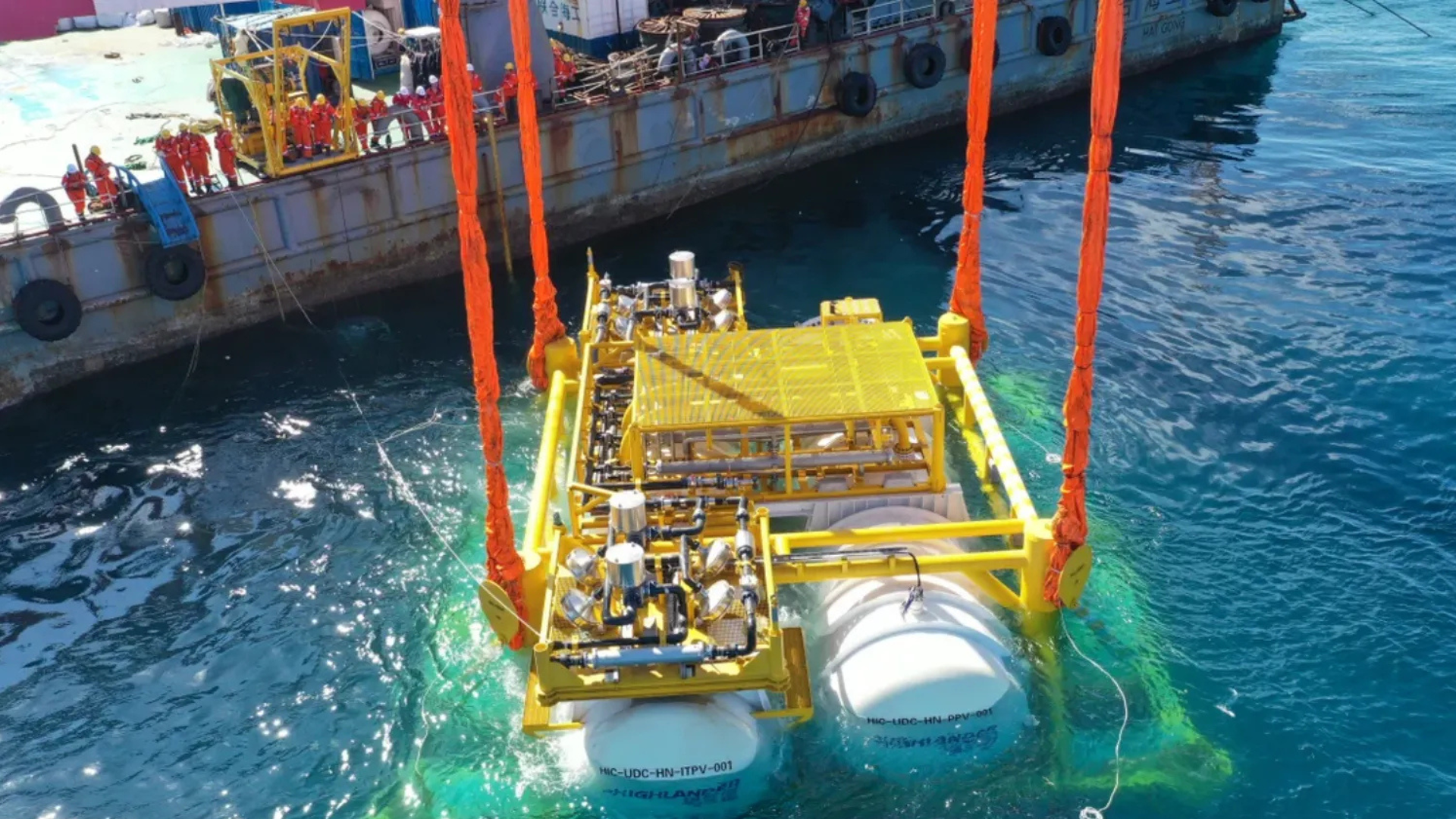China deploys wind-powered underwater data center off Shanghai coast — $226 million project could top 24 megawatts, harnessing the cooling power of the sea

China has launched what it claims is the world’s first wind-powered undersea data center — a sealed, seawater-cooled cluster sitting 35 meters beneath the surface off the coast of Shanghai. The $226 million project, located in the Lin-gang Special Area near the city’s southern tip, is pitched as the prototype for a new kind of energy-efficient, land-sparing cloud infrastructure.
According to Lin-gang’s own development committee, the project is designed to reach megawatts in its full build, with a first phase of 2.3 megawatts already completed. At a planned 24 megawatt capacity, the Lin‑gang facility would be substantially larger than Microsoft’s earlier Natick experiment, which remained a research module rather than a commercial‑scale build. The Lin-gang unit is backed by a state-heavy consortium, including Shenergy, China Telecom’s Shanghai branch, INESA, and CCCC Third Harbor Engineering. Shanghai Hicloud, the operator, says it’s already exploring a cooperation agreement for a 500-megawatt version for offshore sites.
The engineering behind it is pretty simple at a glance. Seal your server racks in watertight capsules, drop them on the seabed, and let the ocean itself handle the thermal load. By avoiding chillers and using seawater as the heat sink, Hicloud claims it can push its power usage effectiveness below 1.15, which is lower than the best land-based hyperscale averages and China’s minimum of 1.25.
The Lin-gang zone says its targets include keeping cooling power under 10% of the total draw, and feeding the entire system with offshore wind. On paper, this leads to a near-zero footprint data center that requires no freshwater or grid connection, with 95% percent of its electricity coming from offshore wind.
Microsoft tested the same principles with Project Natick between 2013 and 2024, ultimately concluding that submerged data centers were up to eight times more reliable, but what killed the project was the economics and lack of serviceability. Natick was shuttered quietly and its insights folded into broader Azure design work.
HiCloud’s challenge will be to avoid the same fate. The project team says the servers are installed in sealed steel capsules that are coated with a corrosion‑resistant material to safeguard against the saltwater environment. The developers also claim that thermal discharge and marine‑impact levels remain within acceptable limits for the demonstration phase, although independent verification of large‑scale effects is still emerging.
Still, servicing failures or upgrading hardware in pressurized capsules is expensive and time-consuming, and scaling to hundreds of megawatts amplifies those risks.
Get Tom's Hardware's best news and in-depth reviews, straight to your inbox.

Follow Tom's Hardware on Google News, or add us as a preferred source, to get our latest news, analysis, & reviews in your feeds.

Luke James is a freelance writer and journalist. Although his background is in legal, he has a personal interest in all things tech, especially hardware and microelectronics, and anything regulatory.
-
artk2219 I see serviceability as being the main downside. No one wants to haul out containers for maintenance and upgrades, and not everyone is going to want to wholesale replace every container with new equipment. Still, the sea is a heck of a heat sink, things inside of the containers should stay pretty chilly. If you throw in a small modular reactor, tons of batteries, and use very reliable equipment, then these things could run for decades.Reply -
thestryker I can see the economics working when tapping into offshore power generation, but maintenance is certainly the big question mark for long term viability.Reply